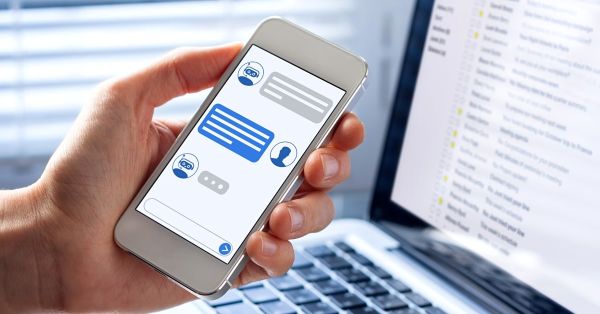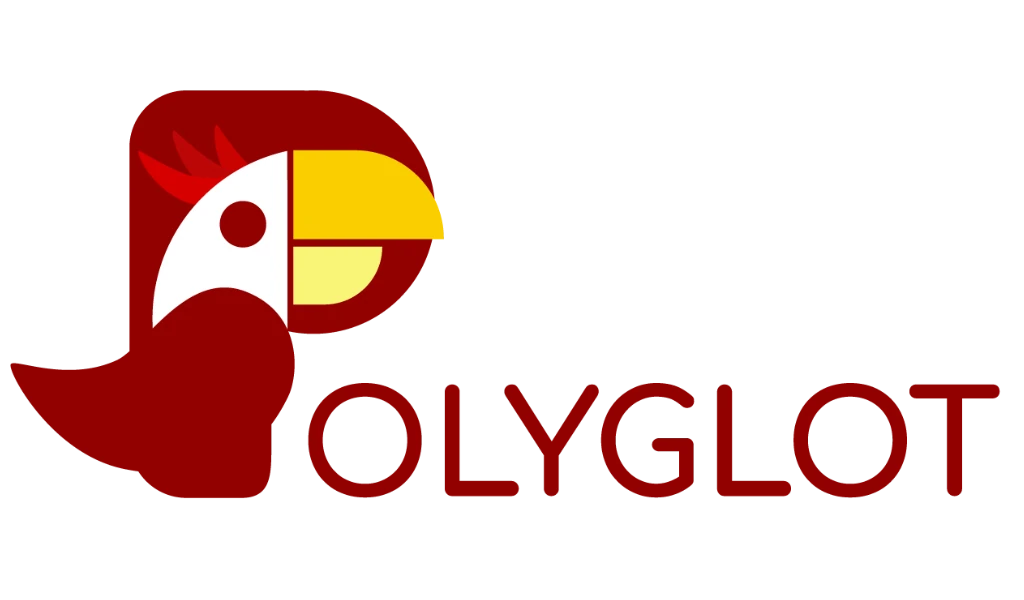
Let's start with the chatbot
A chatbot is an algorithm-based automated system that sends predefined answers to predefined questions in a chat function. So it is typically based on specific rules or patterns that have been predefined by their developers. These so called AI features can be useful for performing simple, routine tasks. Because they provide predefined responses, such systems are often reliable and fast, but only within a given framework.
You have probably used a chatbot already and may not have even known about it!
If you have tried the intelligent assistant or chat function on the websites of banks or online stores, you probably have already been dealing with a classic chatbot solution. It is like a simplified customer service menu bar, it simply answers common questions. Navigating the websites of banks, insurance companies and utility providers is not that easy, as we do not use their services on a daily basis. This AI assistant can help you with defining the problem and leading you to a link where you can report a damage or, electricity meter phase or even you may get past the credit pre-qualification by answering a few questions.
Another typical field of application is customer support for webshop chats. You can ask a question about ordering, payment or delivery, which may be in the FAQ or the terms and conditions, but who wants to scrutinize all that? The chat function is a much faster way to get question-and-answer information.

Smart chatbots and Chat GPT
An enhanced, intelligent version of chatbots is Chat GPT, for example, which is developed based on thorough knowledge of human language models. Therefore, instead of giving pre-programmed question-answers, it interprets the question and tries to answer it based on a huge database. Chat GPT uses huge amounts of data and harnesses the power of neural networks to generate text. This allows it to provide flexible and varied answers to our questions, almost as if it were human communication.
One of the advantages of Chat GPT is its context sensitivity and its ability to understand complex questions and requests. It is able to analyse and take into account previous text passages to generate coherent and complex answers. Chat GPT dynamically adapts itself to the flow of the conversation, so that it can provide increasingly precise answers over time.
One of the main differences between “normal” chatbots and Chat GPTs is therefore the complexity of the responses and the degree of adaptation. Chatbots provide simpler and predefined answers, while Chat GPTs are able to provide deeper understanding and more minute answers.
What can you use Chat GPT for?
Chat GPT is used for answering questions and finding information. Chat GPT has a wealth of knowledge on a wide variety of topics. It uses so-called “training data”, which is several terabytes in size and includes, for example, textual content from the Internet: websites, articles, books, forums, blogs, etc. As a result, it has a comprehensive knowledge of a wide range of topics. However, it is important to keep in mind that much of the information in the dataset is from before 2021. It is thus even more essential to treat the answers provided by data with caution. It is not a continuously updated database -like Google-, it does not have the latest news or information on specific events of specific moments.
Creative inspiration and copywriting. You can ask for topic suggestions, brief descriptions, common problems on a specific topic. You can use it to create an inspirational outline, a sales script, or even a full article or website copy. The key is to define the task precisely.
Language learning: intelligent chatbots can help you with language learning and translation issues. You can ask questions about grammar rules, spelling or specific phrases. You can use it as an intelligent dictionary too. Where you may find out not only the meaning of a word, but also its context. You have probably seen this with more advanced online dictionaries, where it gives you several example sentences for the usage of the word.
Some chatbots may be able to translate automatically. However, machine translation has its limitations; its accuracy can vary according to languages and contexts.

Boundaries of the chatbot and Chat GPT
Machine communication is still an evolving field. Whether intelligent or pre-programmed, every chatbot has its limits. It could be in terms of database size, functionality or even capabilities. It is crucial to be aware of these limitations so that you shall not expect answers or help from a chatbot that it cannot provide.
Chatbots, including Chat GPT, learn from data and therefore do not always have real-time, up-to-date information. They may provide incorrect or outdated information, especially if they are not updated or do not have the latest knowledge.
As machine-based systems, they lack human creativity or human understanding. These systems are often bound to learned patterns and templates, and thus cannot generate new or unique solutions and responses.
As for sensitive topics, chatbots are not always able to respond or manage users’ emotions properly. So responding to these types of topics usually requires human intervention. It is therefore worth making conscious use of the opportunities offered by technology. Our company also provides professional post-editing services for texts written by chatbots to ensure that the final text is adequate and perfect. If you need this kind of help, please contact us.






